22+ Sample Exercise Charts
-
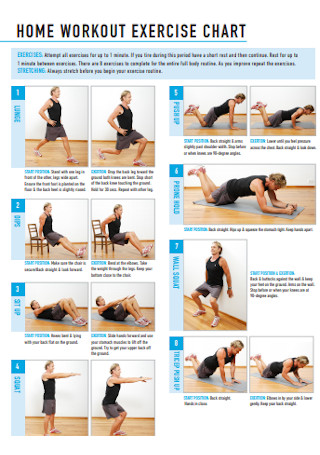
Home Workout Excercise Chart
download now -
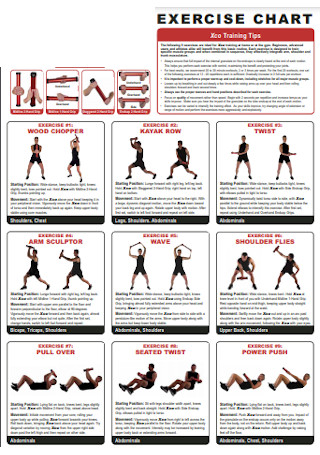
Exercise Chart Format
download now -
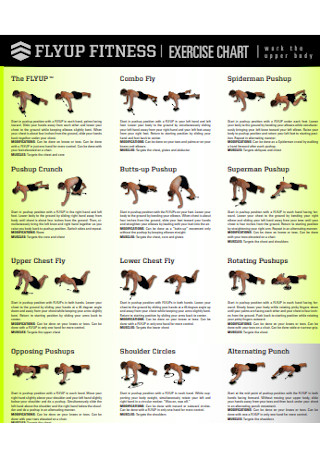
Exercise Fitness Chart
download now -
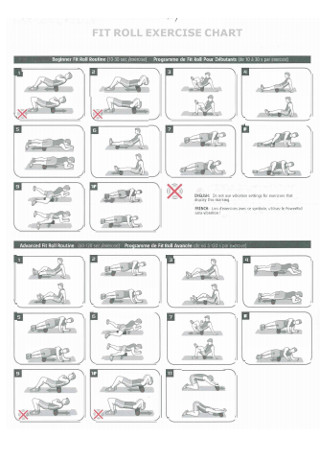
Fit Roll Exercise Chart
download now -
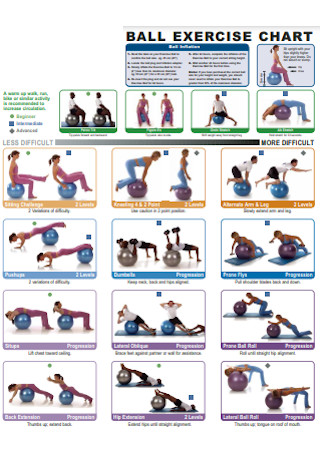
Ball Exercise Chart
download now -
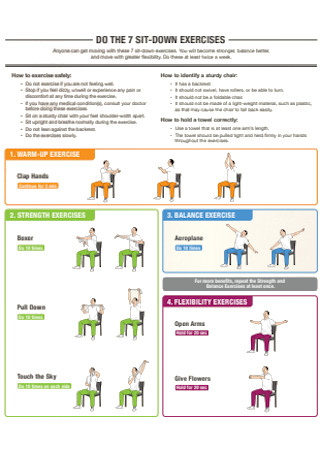
Sample Exercise Chart
download now -

Lumbar Spine Exercise Chart
download now -
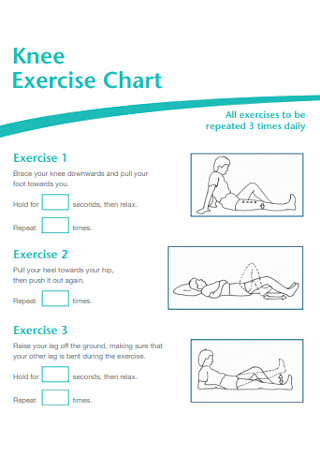
Knee Exercise Chart
download now -
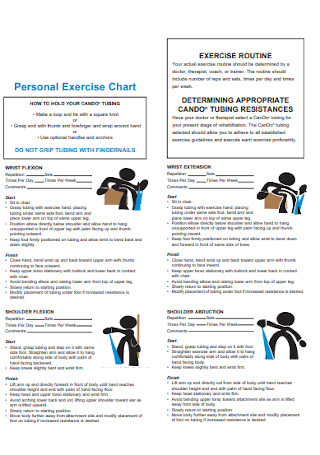
Personal Exercise Chart
download now -
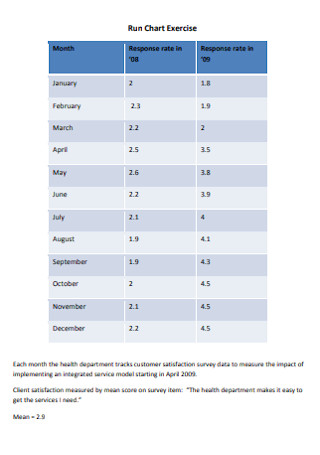
Run Exercise Chart
download now -
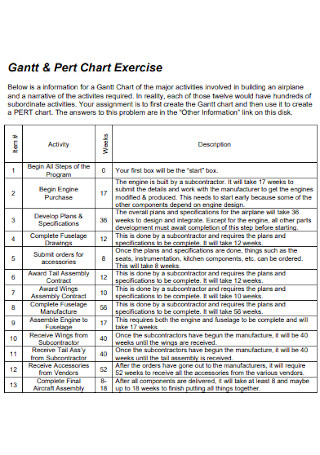
Pert Exercise Chart
download now -

Exercise Chart for Severely Affected
download now -
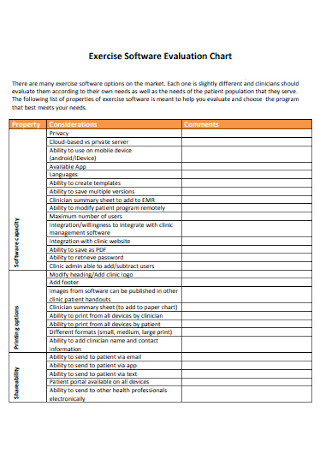
Exercise Software Evaluation Chart
download now -
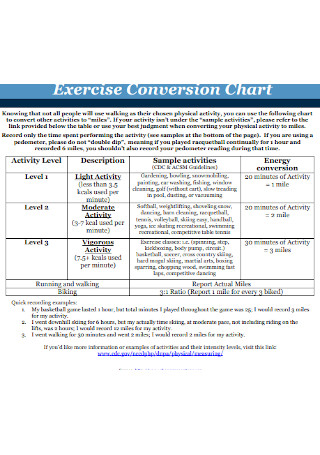
Exercise Conversion Chart
download now -
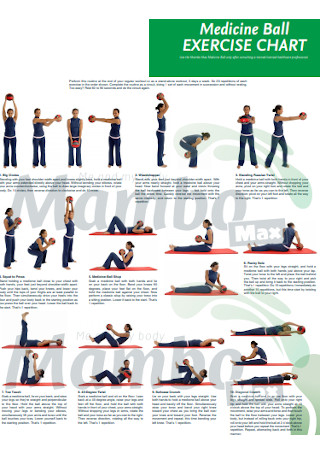
Medicine Ball Exercise Chart
download now -
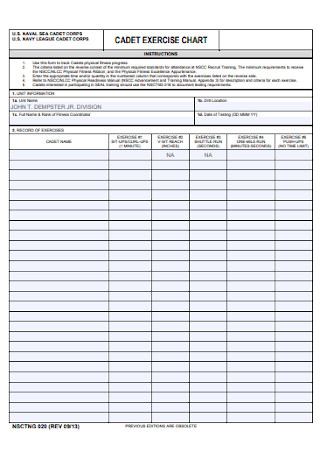
Cadet Exercise Chart
download now -
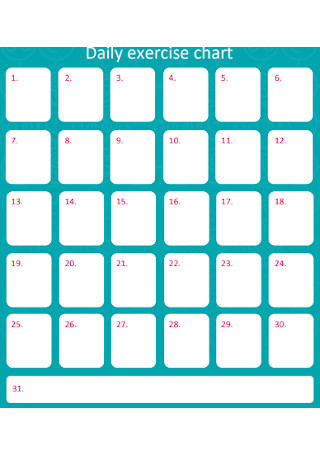
Daily Exercise Chart
download now -
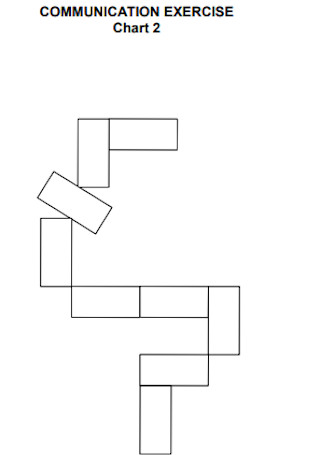
Communication Exercise Chart
download now -
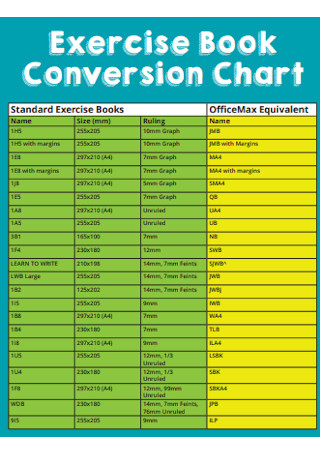
Exercise Book Conversion Chart
download now -
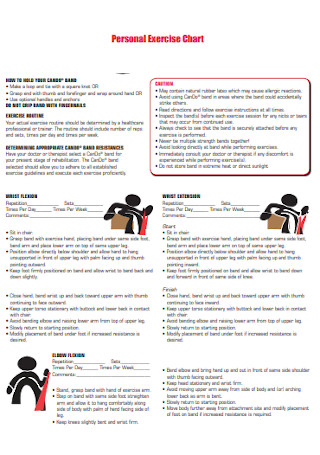
Personal Exercise Chart Template
download now -
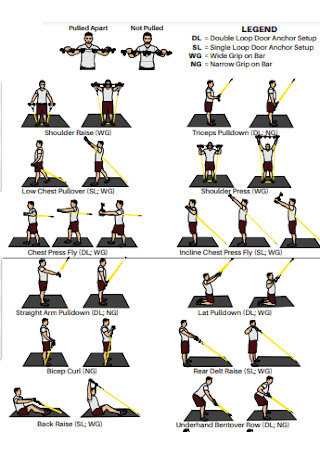
Basic Exercise Chart
download now -
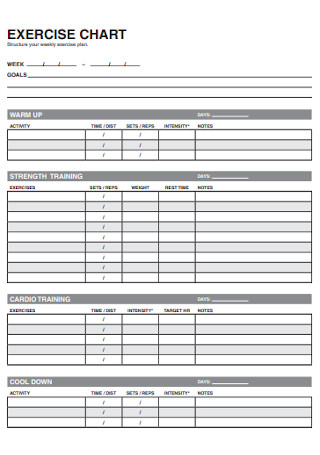
Standard Exercise Chart
download now -
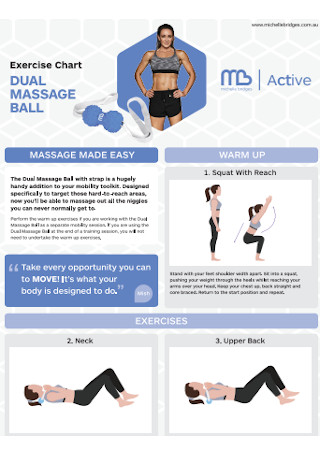
Dual Massage Exercise Chart
download now
What Is an Exercise Chart?
An exercise chart is an illustration visually demonstrating exercises performed correctly. It serves as a guide for individuals that want to engage in a particular workout. Exercise charts are made for beginners and experienced individuals as well. The charts are a tool to familiarize a person in performing the correct form of exercise with a system to follow. Each chart shows different forms of exercise for various parts of the body. The chart also forms a systematic schedule for participants to comprehend. The activities found are detailed for immediate reference and comprehension.
According to the data published in Statista by Christina Gough, 19.3% of the US population is engaged in sports, exercises, and recreational activities per day in 2019. It’s a smaller number compared to 2016, but it rose in the past years that followed. The data shows that American citizens still exercise and engage in physical activities every day.
Components of an Exercise Chart
An exercise chart illustrates methods to follow in an exercise routine. Some exercise charts also include a workout schedule to follow a path that would help in achieving goals. Here are the components included in an exercise chart.
How to Create an Exercise Plan
Exercise plans vary depending on the content. No exercise plan is the same; some have a greater quantity of workouts than others and target a different muscle group. You can tailor an exercise plan according to your fitness level. Here are the steps in creating an exercise plan you can follow.
Step 1: Identify the Body Part Targeted
In starting an exercise plan, make sure you identify the desired body part to target. It helps ensure that you are specifying one goal for your exercise plan. The goal of an exercise plan is to follow a set of exercises to strengthen a muscle group. There is a range of muscle groups that you can focus on when you exercise. It includes the upper, middle, and lower body parts. The upper body, chest, back, and arms are some of the muscle groups to consider. The center is for the abdominal muscles, and the lower body includes the legs and glutes.
Step 2: Include Exercises of the Selected Muscle Group
If you are planning to focus on the upper body, make sure to specify if the exercise is working the back, chest, or even the arm area. In identifying the specific muscles, it’ll be easier to include a set of workouts. Make sure that the exercises chosen are not repetitive and target a variety of tissues in that group. For example, targeting the arm muscles, make sure to include a workout that targets the biceps and triceps. The same applies to other muscle groups. Ensure work exertion impacts different parts of that group.
Step 3: Set Up the Duration of Exercises
It is essential to indicate the number of repetitions, rounds, and the duration of the exercises. It greatly influences the strain taken by the body while performing the routine. Most exercise charts indicate a specific number of repetitions and rounds. The reps are usually in intervals of 10, 12, 15, and 20. The series is regularly performed 3 to 5 times. The repetition and the rounds should follow the fitness level of the individual doing the exercises. It is advantageous to indicate if the workouts are fit for a specific fitness level.
Step 4: Include Alternative Exercises for Beginners
As most charts cater to a general crowd, there are instances of inclusion of alternative exercises. It helps beginner and starting groups to adjust to the routines presented in the sheet. Even intermediate and advanced individuals perform these alternate exercises when they feel sore or tired. There is no problem in choosing the alternates over the regular workouts illustrated in the chart. Most plans emphasize the importance of proper posture over the number of repetitions. Always keep in mind that each person is different, and the alternate exercises are there for a reason.
Step 5: List Tips to Ensure a Proper Routine
After completing the exercise chart, make sure to include tips that would help the user to accomplish the entire routine. If the activity requires equipment, incorporate alternative items in the house that can replace the gym equipment. Include reminders about taking breaks and doing the workout at your own pace. Tips are essential for any individual’s fitness level.
FAQs
How long do you need to exercise in a day?
According to a study by the Bureau of Labor and Statistics, from 2009 to 2015, Americans aged 15 and up exercise one and half hours a day. It appears that the population takes time out of their day to engage in physical activities. Seeing the number speaks volumes that people still value their health by exercising daily. Exercise range from low to high intensities, and it doesn’t matter if you choose one over the other. There is no exact average of time for workouts. What matters is putting effort into exercising daily, even if it’s just taking a quick jog or run.
How many times should I exercise in a week?
According to the World Health Organization, a healthy adult aged 18 to 64 years old should exercise at least 150-300 minutes of moderate physical exercise in a week. Dividing it into the days of the week with two rest days totals to 30 minutes to an hour of exercise a day. It is easy to squeeze in a couple of minutes to exercise if it improves our overall health. It is advantageous to switch up workouts for each day to achieve the ideal average time for exercise. If you think about it, it is doable. Extra motivation is perfect for those who cannot make time for training in a day. Encourage yourself by doing activities that you find fun and exciting and feel that exercise is not a chore.
Why is physical activity beneficial?
There are plenty of benefits to exercising both physically and mentally. Also, exercise is not bound to a single type, and some varieties can apply to different people. Here are some benefits of exercising that affect an individual’s life.
- It helps control weight – When you think of exercise, this is the first thing that comes to mind. Most people exercise because they want to lose weight or gain weight. It is achievable paired with the correct diet. Calories play a vital role in controlling weight, and an individual must take note of the calorie count daily.
- Reduces the risk of heart conditions – Not only does exercise strengthen your heart, but it also improves overall circulation. In increasing the circulation of blood in the body, the supply of oxygen increases. In turn, it reduces the risk of conditions like heart diseases, high cholesterol, and heart attacks.
- Improves mood and mental health – Exercising releases endorphins or the happy hormone. It makes you feel exhilarated and relaxed, reducing stress levels and the risk of depression.
- Helps in sharpening brain function – Exercise stimulates bodily functions that release proteins to improve brain structure and function.
- Strengthens the bones and muscles – Regular exercise helps reduce the likelihood of brittle bones in adulthood. Muscle-strengthening exercises also improve muscle strength, durability, and mass.
- Improves sleep patterns – Exercising helps you sleep faster and longer throughout the night.
Exercise should be a part of your daily routine. It helps improve not only your physical health but as well as your emotional and mental health. If you are a beginner at exercising, there are ways to ease yourself into it. Start light and consider jogging or walking around the neighborhood. If you can afford a gym membership to get yourself started, it is also an option. Engaging in physical activity to improve your health should be prioritized beginning at an early age. In the words of John F. Kennedy, “Physical fitness is not only one of the most important keys to a healthy body, it is the basis of dynamic and creative intellectual activity.” Start an exercise chart now and work your way into a fitness journey.
